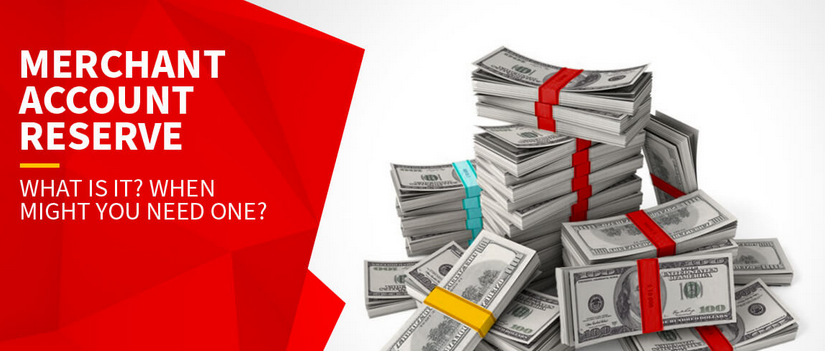If you’re a merchant who accepts credit card payments, you may have heard of a merchant account reserve. A merchant account reserve is a portion of your funds that is held by your payment processor as a form of collateral. The reserve is typically held in a separate account and is used to cover chargebacks, returns, and other potential losses.
While a merchant account reserve can be an effective way for payment processors to manage risk, it can also have an impact on your cash flow and overall business operations. Here’s what you need to know about merchant account reserves and how they work.
What is a Merchant Account Reserve?
A merchant account reserve is a portion of your funds that is held by your payment processor as collateral for potential chargebacks, returns, and other losses. Payment processors may require a reserve if they perceive your business as having a higher risk of chargebacks or fraud, or if you’re a new merchant without a proven track record.
The amount of the reserve is typically a percentage of your sales, and it can range from 5% to 10% or more. The reserve is held in a separate account and is released to you after a specified period of time, typically 30 to 180 days.
Types of Merchant Account Reserves
There are several types of merchant account reserves that payment processors may require, including:
- Rolling reserve: A rolling reserve is a percentage of your sales that is held in a reserve account for a specified period of time. The reserve amount is typically released on a rolling basis, such as every 30 days, after the initial reserve period has expired.
- Fixed reserve: A fixed reserve is a specific dollar amount that is held in a reserve account for a specified period of time. The reserve amount is typically released in full after the initial reserve period has expired.
- Capped reserve: A capped reserve is a type of fixed reserve that has a maximum limit. Once the reserve amount reaches the cap, no further amounts are held.
How Does a Merchant Account Reserve Affect Your Business?
A merchant account reserve can have a significant impact on your business, particularly if you rely on cash flow to maintain operations. Here are some ways that a merchant account reserve can affect your business:
- Reduced cash flow: Since a portion of your funds is being held in a reserve account, your available cash flow will be reduced. This can make it more difficult to cover expenses and invest in growth.
- Increased costs: In addition to reducing your cash flow, a merchant account reserve can also increase your costs. You may need to pay higher processing fees or other charges to offset the risk of chargebacks or other losses.
- Limited access to funds: While the reserve is being held, you won’t have access to those funds. This can limit your ability to invest in new products or services, make necessary upgrades to your business, or respond to unexpected expenses.
- Potential impact on credit: Depending on the amount of the reserve and how it’s reported to credit agencies, it may have an impact on your credit score or creditworthiness.
Despite these potential challenges, a merchant account reserve can be a necessary measure for payment processors to manage risk and protect their business. If you’re a merchant who is required to have a merchant account reserve, it’s important to plan accordingly and factor it into your budget and cash flow projections.
Conclusion
A merchant account reserve is a portion of your funds that is held by your payment processor as collateral for potential chargebacks, returns, and other losses. While it can have an impact on your cash flow and overall business operations. Feel free to reach out to us at GetPayment so we can help you in greater detail!




